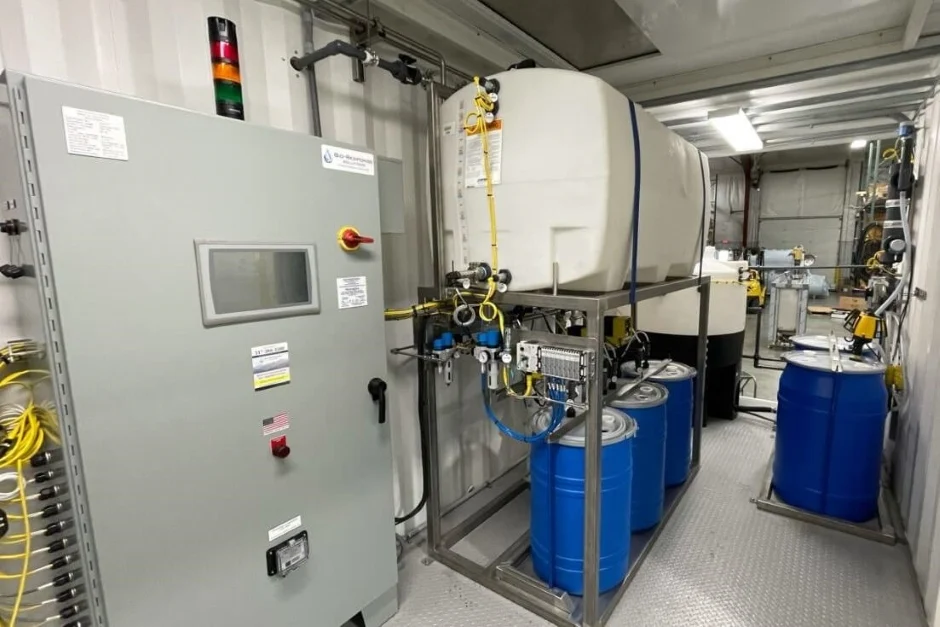
Variable Frequency Drives (VFDs) are transforming the way we manage HVAC systems, enhancing their efficiency and extending the life of equipment. A VFD controls the speed of an electric motor by varying the frequency and voltage of its power supply. This adjustment capability allows HVAC systems to operate based on the actual load required rather than running at full capacity continuously, which significantly reduces energy consumption and operational costs.
One of the foremost suppliers in HVAC control technology is Blackhawk supply. They provide a range of solutions designed to optimize the performance of heating, ventilation, and air conditioning systems through advanced control mechanisms, including VFDs.
The Role of VFDs in HVAC Systems
VFDs are critical in modern HVAC systems for a number of reasons. By allowing the speed of HVAC motors to be precisely controlled, these devices help in:
- Reducing Energy Consumption: Motors can consume a lot of energy, especially when they operate at full capacity when it’s not needed. VFDs adjust the motor speed to match the load requirement, thereby conserving energy.
- Extending Equipment Lifespan: Less mechanical and electrical stress on HVAC components leads to longer service lives.
- Enhancing System Stability: With smoother operational control, VFDs contribute to more stable HVAC operations, reducing the likelihood of abrupt starts and stops that can cause wear and tear.
Benefits of Implementing VFDs
The application of VFDs in HVAC systems brings several tangible benefits:
- Cost Efficiency: Energy costs can be significantly lowered, as VFDs eliminate the inefficiencies of constant speed motors.
- Improved Comfort Levels: By adjusting conditions to the actual demand, systems can maintain more consistent temperature and humidity levels.
- Reduced Maintenance Needs: Equipment that runs less intensely and less frequently tends to require less maintenance over time.
Integration and Installation Considerations
Incorporating VFDs into an existing HVAC system requires careful planning and consideration of several factors:
- System Compatibility: Not all HVAC systems are ready for VFD integration without some modifications.
- Proper Sizing: It is crucial to choose a VFD that matches the specifications and capacity of the HVAC system to ensure optimal performance.
- Professional Installation: Due to the complexity of VFD technology, professional installation is recommended to avoid common pitfalls such as electrical issues or improper settings.
Advanced VFD Solutions
A leading example of sophisticated VFD technology is the Square D SFD212LG4YD07. This particular model from Schneider Electric is designed for heavy-duty applications, offering robust performance with a 25 HP capacity and a user-friendly LCD text keypad for easier control and configuration. The SFD212LG4YD07 not only supports a wide range of HVAC applications but also includes a bypass feature for continuous operation, even if the VFD is offline.
In conclusion, VFDs are a key technology in modern HVAC systems, driving efficiency and enhancing the performance of heating, ventilation, and air conditioning units. As more buildings and facilities seek to reduce operational costs and increase energy efficiency, the role of advanced solutions like the Square D SFD212LG4YD07 will become increasingly important. These devices not only offer significant energy savings and operational benefits but also contribute to more sustainable building management practices.






